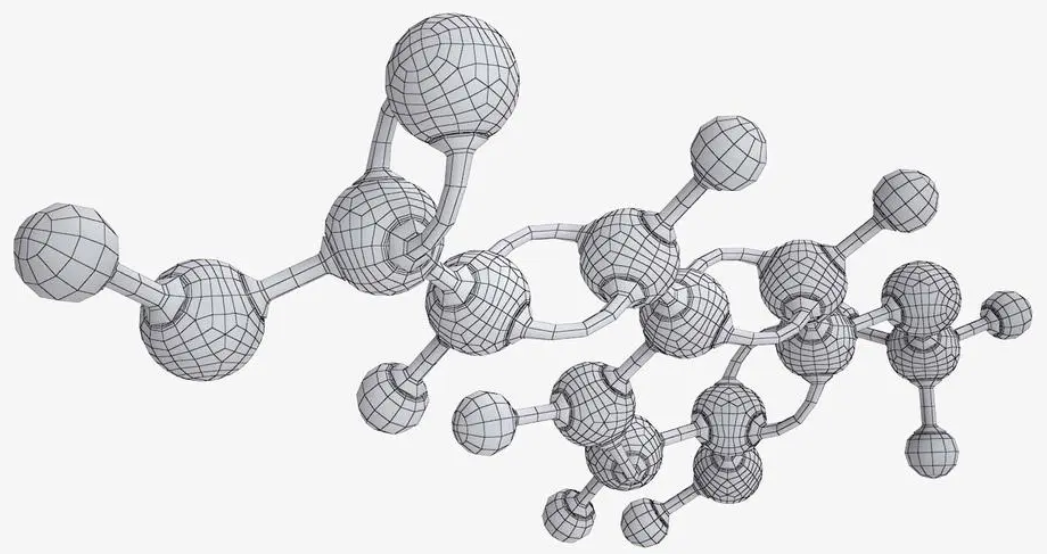An Elaborate Study on the Extraction of Ferulic Acid from Ligusticum chuanxiong Using Ultrasonic Method
Section I: Instruments and Reagents
The research utilized specific instruments and reagents for the extraction process. The precision of these components was essential in ensuring accurate and reproducible results. The details of the instruments and trial drugs and reagents were, however, not provided in the original text, which suggests they were standard lab equipment and reagents.

Section II: Methods and Results
In this experiment, an Agilent Extend-C18 column was used under various chromatographic conditions. Notably, the solution flow rate was maintained at 1.5 mL per minute, and the wavelength was set at 321 nm. The experiment adhered to a retention time of 20 minutes, ensuring the theoretical plate number calculated based on the ferulic acid peak was not less than 4000.
Various solutions were prepared, including control solutions, test solutions, and negative solutions. The preparation involved crushing Ligusticum chuanxiong pieces and preparing the test solution through ultrasonic processes under specific conditions. Additionally, a series of characteristic tests were conducted under chromatographic conditions, and the outcomes recorded. The experiment proved that the method adopted had excellent specificity, as the negative solution did not interfere with the peak position of the control and test solutions.
The experiment also explored various factors affecting the extraction efficiency of ferulic acid from Ligusticum chuanxiong. These factors included the selection of solvent-to-raw-material ratio, extraction temperature, extraction time, and ultrasonic frequency. The data suggested that optimal conditions were a solvent-to-raw-material ratio of 1:5, an extraction temperature of 40°C, an extraction time of 30 minutes, and an ultrasonic frequency of 30 kHz.
Based on modern research results, the physicochemical properties of effective components of the medicinal material, combined with clinical application and modern preparation technology, the extraction process of ferulic acid from Ligusticum chuanxiong was enriched and concentrated, making the process rational, stable, feasible, and ensuring the effectiveness of clinical application.
Section III: Conclusion
The extraction process of ferulic acid from Ligusticum chuanxiong primarily involves crushing, extraction, precipitation, and drying, all of which significantly influence recovery rate and product quality. The study indicated that ultrasonic extraction, as a new extraction method, exhibited high extraction efficiency, good economic convenience, and excellent crushing effects. Ultrasonic extraction shortened extraction time, improved extraction rate, and due to its unique physical properties, could induce the breakage or deformation of plant cells, facilitating more comprehensive extraction of effective components.
Under optimal conditions (a solvent-to-raw-material ratio of 1:5, an extraction temperature of 40°C, an extraction time of 30 minutes, and an ultrasonic frequency of 30 kHz), the average yield was 10.0%, and the content of ferulic acid in the extract was 3.31%. Ultrasonic extraction of Ligusticum chuanxiong had the advantages of low extraction temperature, few extraction times, and high extraction efficiency, which were significantly better than conventional extraction methods.
